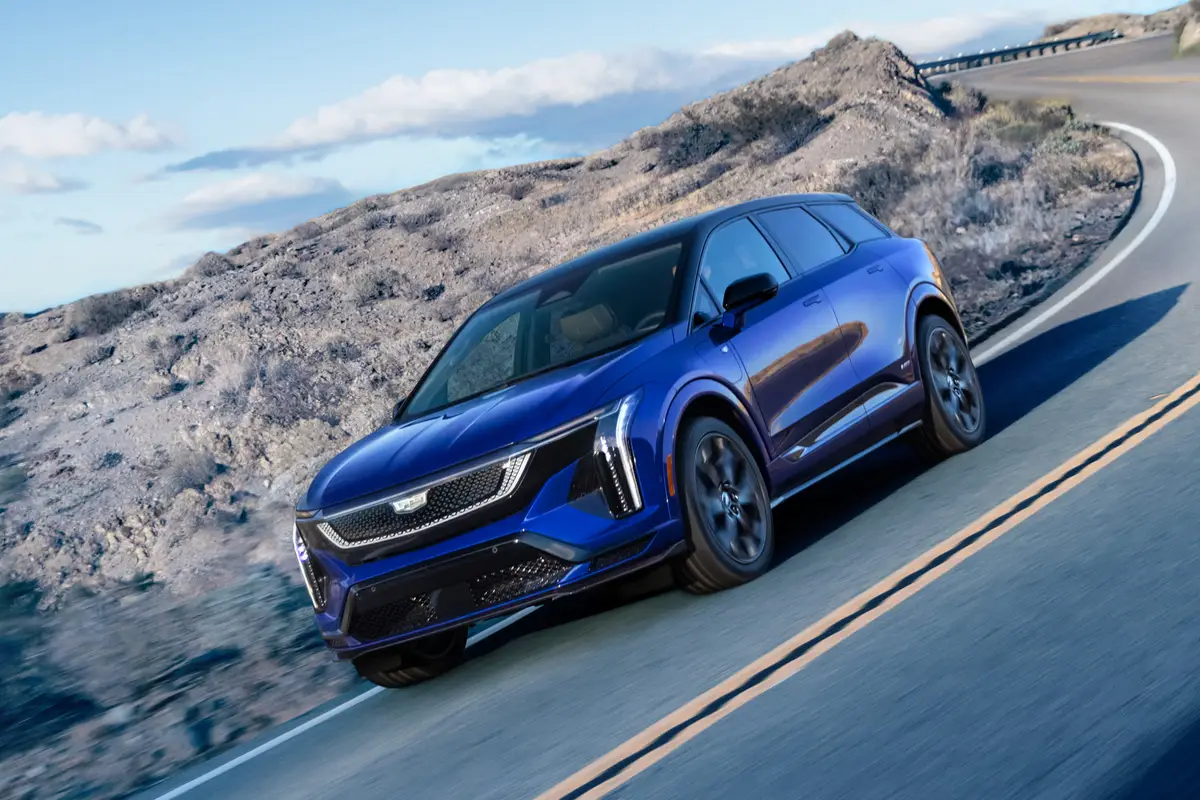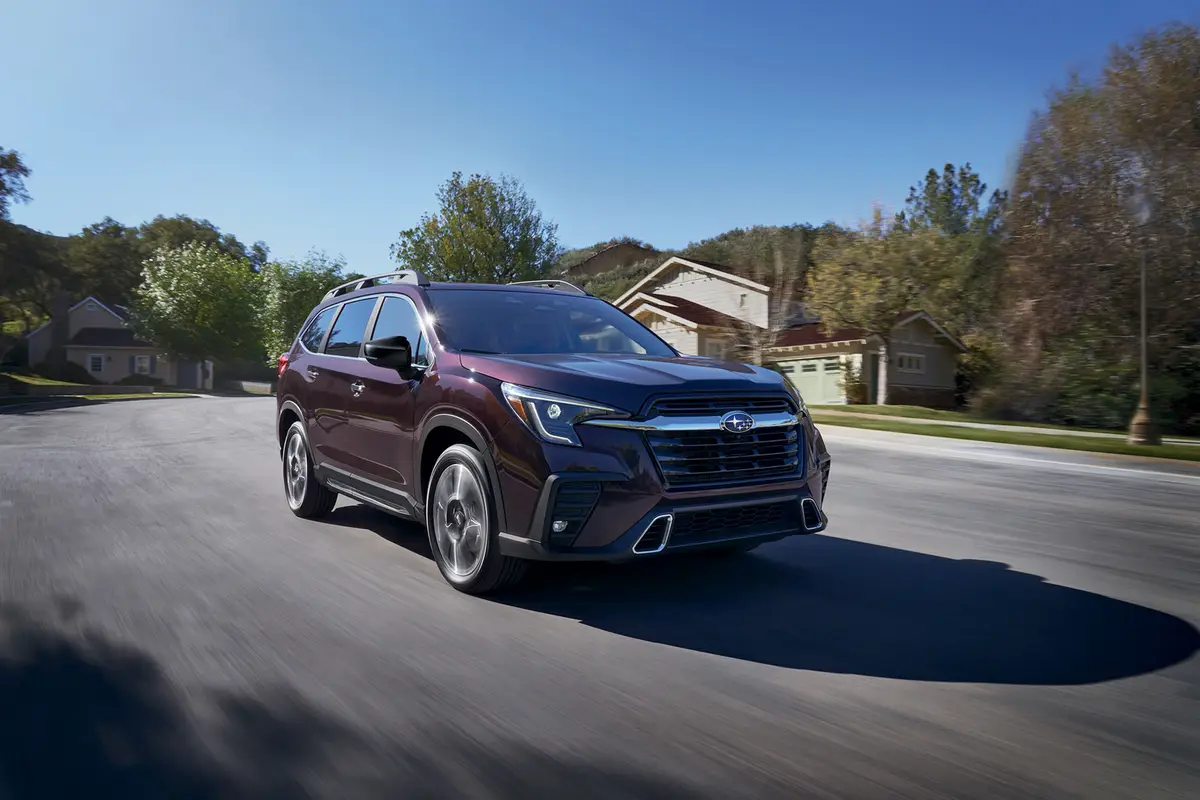Orlando Sentinel's view
Periodically, a European manufacturer — refusing to believe that while two-door premium hatchbacks are a staple in the European auto market, Americans just don’t seem to embrace them — introduces one, then stands back and waits for it to take off.
Typically, they don’t. Case in point: BMW introduced the 318ti as a 1995 model, convinced the little hatchback’s sub-$20,000 starting price would be too tempting to resist. Consumers disagreed. By 1998, it was gone.
Another: The Mercedes-Benz C230 Sport Coupe. Arrived: 2002. Departed: 2005.
Now comes Volvo, with the 2008 C30, which — like the BMW and Mercedes models — is a two-door hatchback that is intended to be an entry-level model for the brand.
And it’s one of the most pleasant surprises of the 2008 model year. This is, however, a good place to tell you that I actually like two-door European hatchbacks, actually still own a BMW 318ti, and might well buy a Mercedes-Benz C230 Sport Coupe when the price drops below $10,000. So it should be no surprise that I like the Volvo C30 a lot.
What is surprising, though, is how many other people do, too.
“The C30 is a terrific little car,” says the Los Angles Times. “An ideal daily driver,” said Car and Driver. “It’s worthwhile proof that downsizing needn’t mean cutting substance, quality or style,” said AutoWeek. “An intoxicating brew,” said Edmunds.com.
The C30, not surprisingly already a big seller in Europe, comes to the American market with profoundly modest expectations: Volvo executives say they’d be pleased to sell 6,000 to 8,000 C30s a year, a figure I find astoundingly low, since they’ll probably sell 17,000 S40s here this year, previously the entry-level Volvo. The S40 is a pleasant car, but I’d much prefer the C30, and I’d save some money: The S40 model that has the same engine as the C30 is $4,815 more.
That engine is one of the genuine selling points for the C30: I’ve seldom been a fan of five-cylinder engines, but the turbocharged 2.5-liter five-cylinder that is the standard, and only, engine offered in the C30 is excellent — smooth, torquey and feeling every bit of its rated 227 horsepower. It would have been cheaper to give the C30 the S40’s base 168-horsepower engine, but I’m glad they didn’t.
The C30 is offered with a six-speed manual transmission, or for $1,250 extra, a five-speed automatic. The test car had an automatic, and it matched up nicely with the engine. At any speed, punch the throttle, and there’s plenty of power, delivered immediately but without drama.
If there’s any criticism of the C30, that may be it: Some potential customers might want a higher-performance model that could compete with, say, the Mazdaspeed3 or Subaru WRX STi. The C30 is quick but civilized, with a reasonably smooth ride and crisp handling. I like that, but others might want more speed at the expense of sophistication.
There are two C30 models, both, as mentioned, with the same engine and transmission. The C30 1.0 is the base model, but it still has lots of standard features, including side and side-curtain air bags, stability control, traction control and anti-lock brakes, as well as the expected air conditioning and good stereo. Base price on the C30, tested here, is $22,700, or $25,280 with shipping and a few options that include automatic transmission and cruise control.
The C30 2.0 starts at $25,700, and adds 18-inch tires and wheels instead of the 1.0’s 17-inchers; an aero body kit, an upgraded stereo and stiffer suspension. Check all the option boxes on the C30 2.0, and you can top $38,000.
I’d be happy with a base 1.0 model, though. There is one annoying aspect to the Volvo option program: Get an option — any option, such as cruise control for $185 — and you have to pay a one-time fee of $300, so that $185 cruise control suddenly costs $485. If you get a lot of options, you still pay only the one $300 “custom” fee, but still, it’s a bit of a rip-off.
Otherwise, there isn’t much here to complain about. The two-person rear seat requires mild acrobatics to get to, and once back there, leg room is minimal unless the front-seat passengers are willing to sit with their chins on the dashboard. Up front, there’s plenty of room, and the cloth-covered bucket seats are just right.
On the road, the ride can be a little jittery on rough pavement, and I suspect the stiffer 2.0 is worse. While steering feel is just right, on bumpy turns a lot of feedback makes it all the way to the steering wheel — it needs to be a little better isolated. Also, fuel economy is nothing special: Fuel mileage is EPA-rated at 19 miles per gallon city, 27 mpg highway, and the C30 likes premium gasoline.
But the criticisms seem minor compared to how much is right with the C30, particularly the styling. This may be the car that finally makes Americans appreciate premium European hatchbacks. Or it may not. Either way, selling 8,000 a year here should be a no-brainer.
Sentinel Automotive Editor Steven Cole Smithcan be reached at scsmith@orlandosentinel.com.
Latest news



